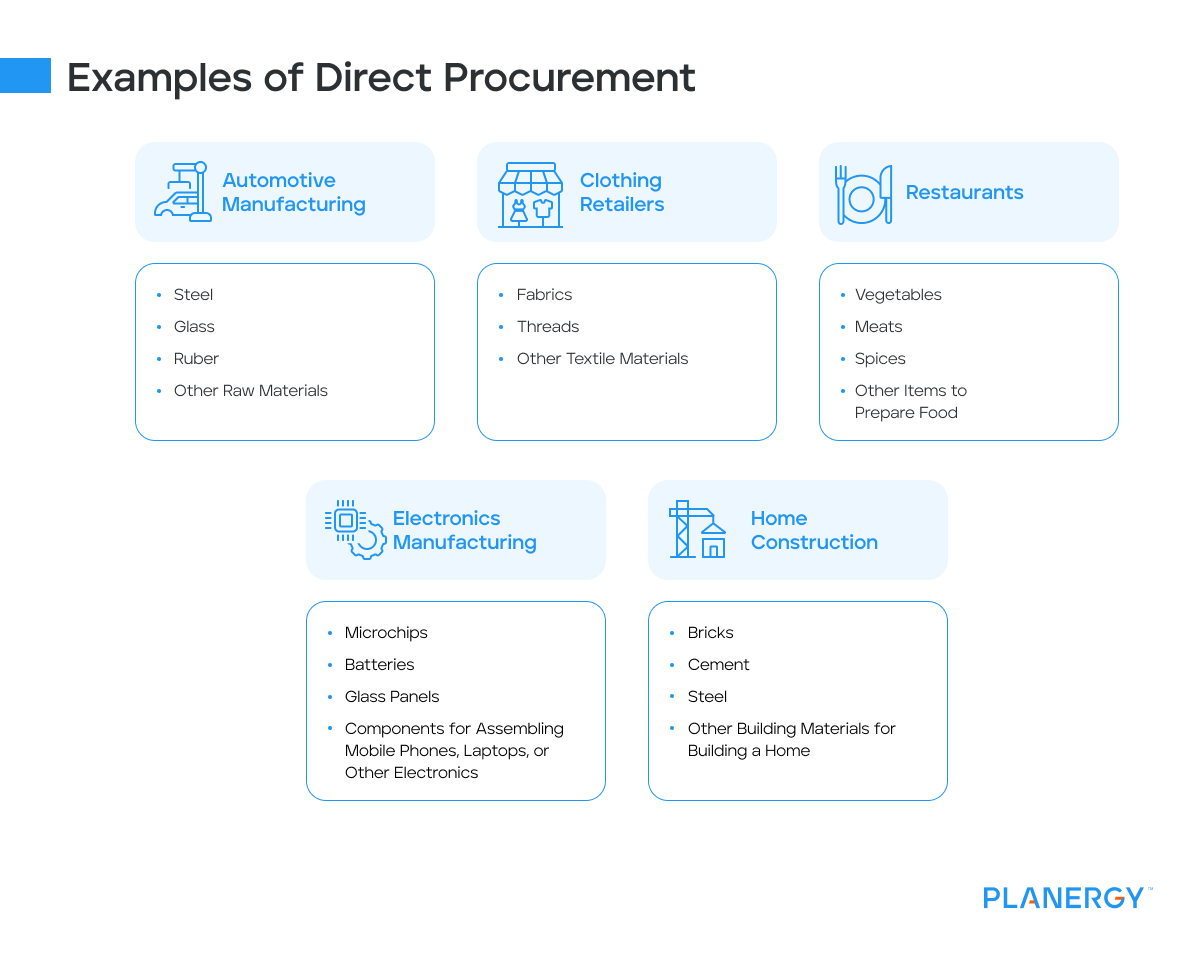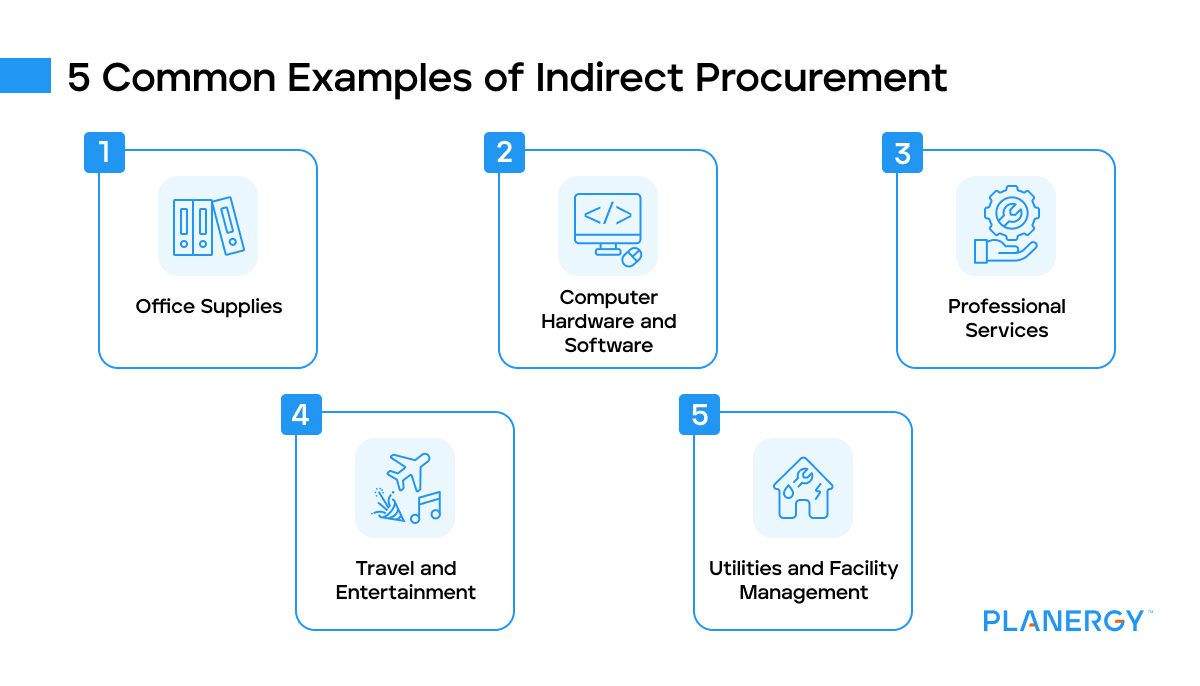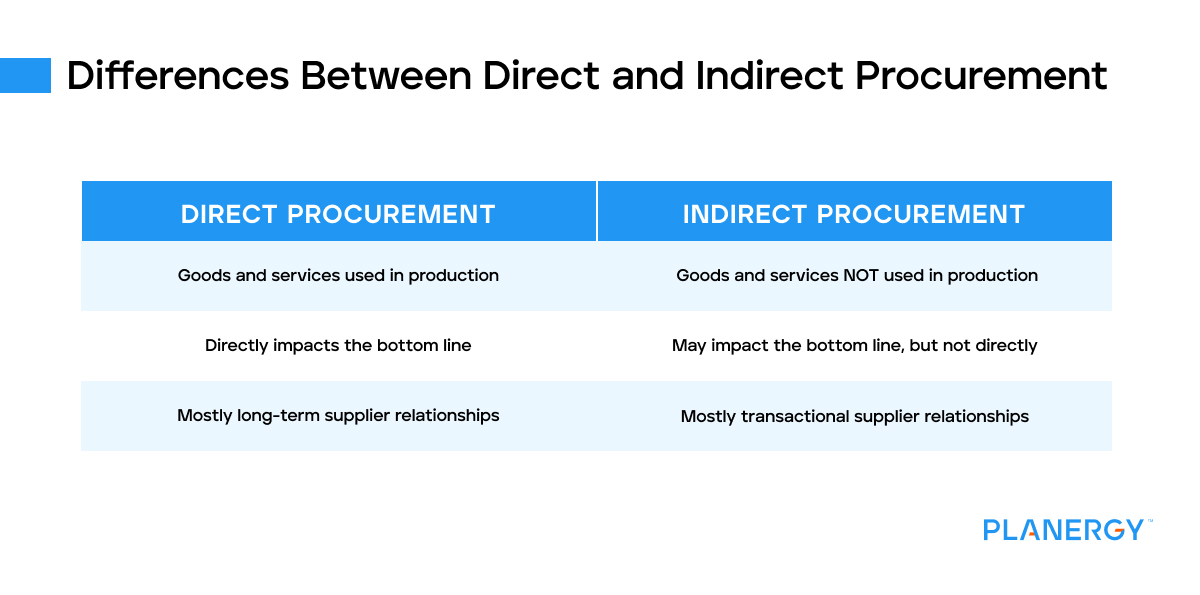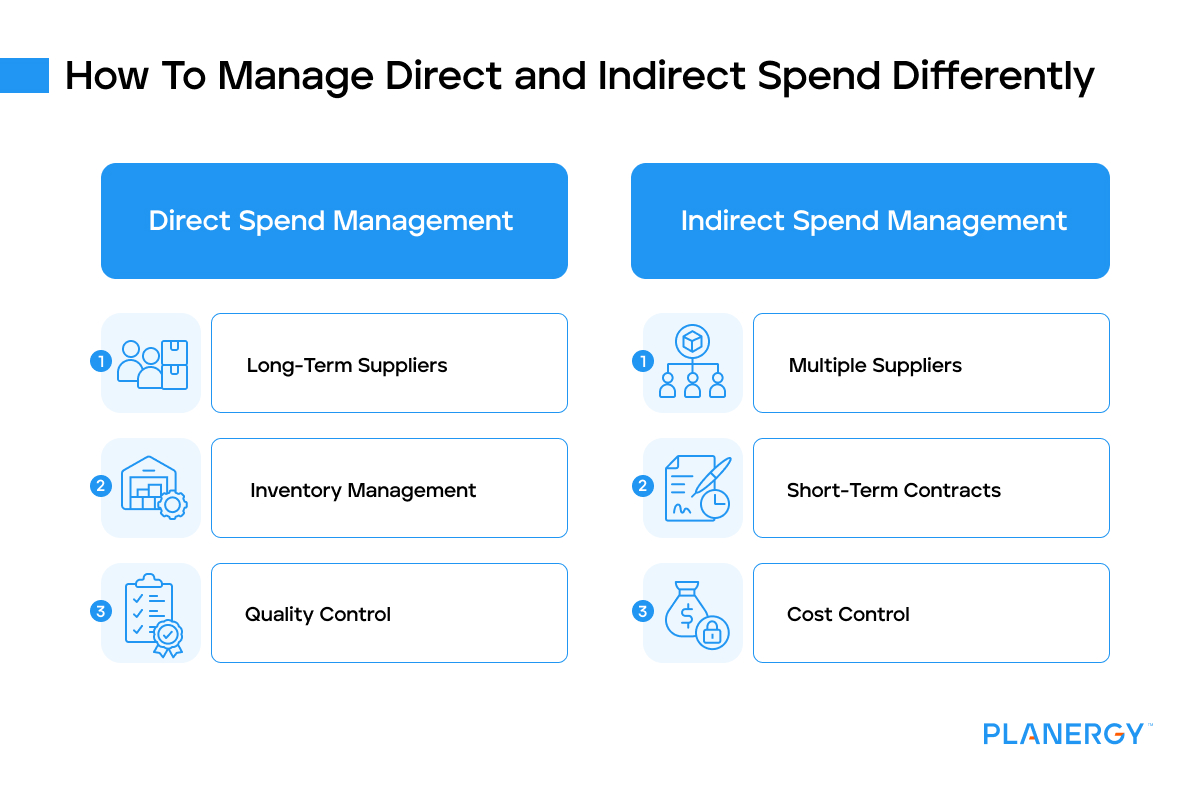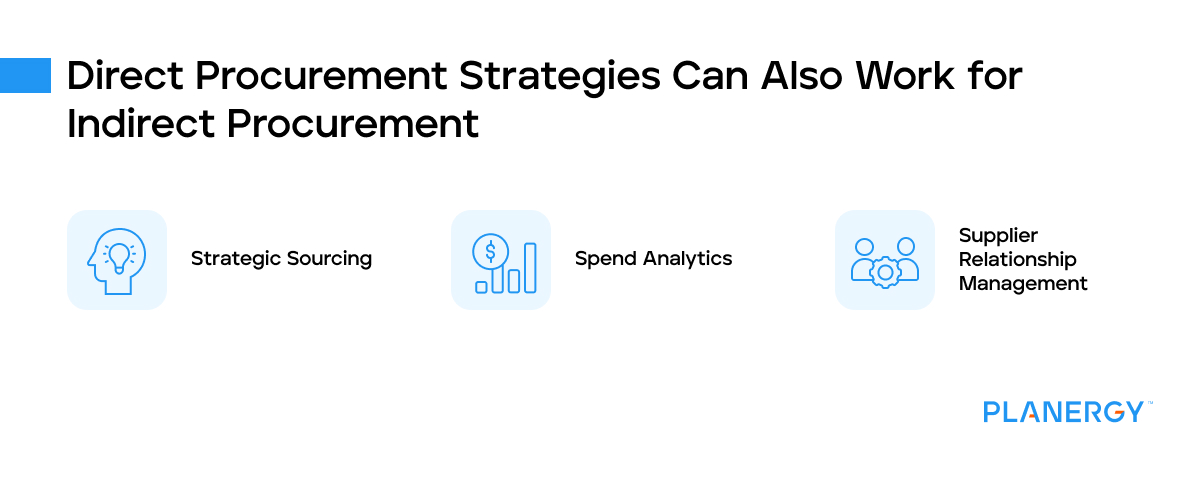Historically, direct and indirect procurement have been handled differently. But there is a growing trend to apply strategies traditionally associated with direct procurement.
Adopting these strategies can yield considerable benefits.
Strategic Sourcing
Indirect procurement is usually characterized with a reactive, transactional approach. However, applying strategic sourcing principals can create a proactive, strategic approach that delivers more value.
Strategic sourcing involves looking at the entire procurement process holistically, understanding the company-wide needs, analyzing spend data, and identifying opportunities for supplier consolidation, better terms, or alternate sources.
Applying this to indirect spend requires analyzing all indirect costs and aligning these purchases with the organization’s needs.
Because of the high volume of suppliers typically involved with indirect spend, this isn’t possible without a sophisticated procurement solution that helps you analyze and gain insight from spend data on many different suppliers.
Spend Analytics
Spend analytics is routinely used for raw production materials but can provide useful insights when applied to indirect spend.
A thorough analysis data can uncover patterns, trends, and insights. These can be used to identify vendor consolidation opportunities, potential savings areas, and maverick spend.
This enhanced spend visibility helps you manage your indirect procurement with informed and data-driven decisions. You can also fragment indirect spend into spend categories and subcategories for deeper, category-specific strategies.
Just like with strategic sourcing, spend analytics only works well with a solid procure-to-pay software system that’s able to provide real-time analysis and reports on all of your company’s spend.
Supplier Relationship Management
In direct procurement, supplier relationship management and efforts to improve supplier performance are closely managed due to their impact on the production process.
This focus on supplier performance and relationships can be used in indirect procurement to improve quality and reliability.
Through supplier relationships, organizations can uncover opportunities for process improvements, negotiate better terms, and minimize risks associated with their indirect spend.
However, managing indirect procurement suppliers again requires a software that allows procurement teams to scale communication efforts with a larger number of suppliers, and also track supplier performance of a larger number of suppliers.
Without that, it would be too difficult to manage the relationships of a large number of suppliers.


